Pillowy soft and chewy with a hint of tang, naan is a classic Indian flatbread that’s gained worldwide popularity for its toothsome texture and toasty flavor.
A Brief History of Naan
Naan was invented in India around 2500 years ago. Though flatbread had already been a staple in the country for a century, the use of yeast (a relatively new ingredient introduced by the Egyptians) in naan was its defining characteristic.
Today, naan has become a staple not only in its home country but also throughout the world, prized for its simplicity and versatility.
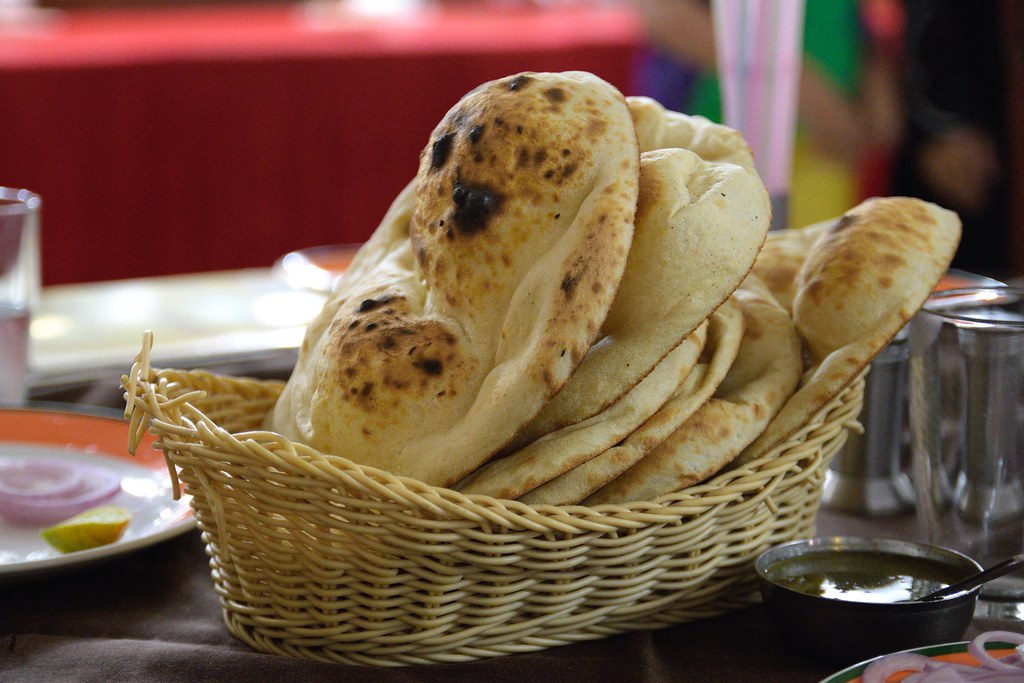
What Does Naan Taste Like?
Naan has the mild and slightly nutty flavor of a classic plain flatbread but with a hint of milkiness and zesty tang. Often, it’s brushed with warm butter at the end for a richer finish.
How Is Naan Made?
The basic naan recipes calls for a simple combination of flour, water, yogurt, and yeast with an optional pinch of salt. The leavened dough is shaped and cooked in a tandoor, a cylindrical clay or metal oven, by sticking the dough to the curved interior. Once cooked throughout, the naan can be served plain or finished with garlic butter, ghee, or paneer, an Indian cottage cheese.
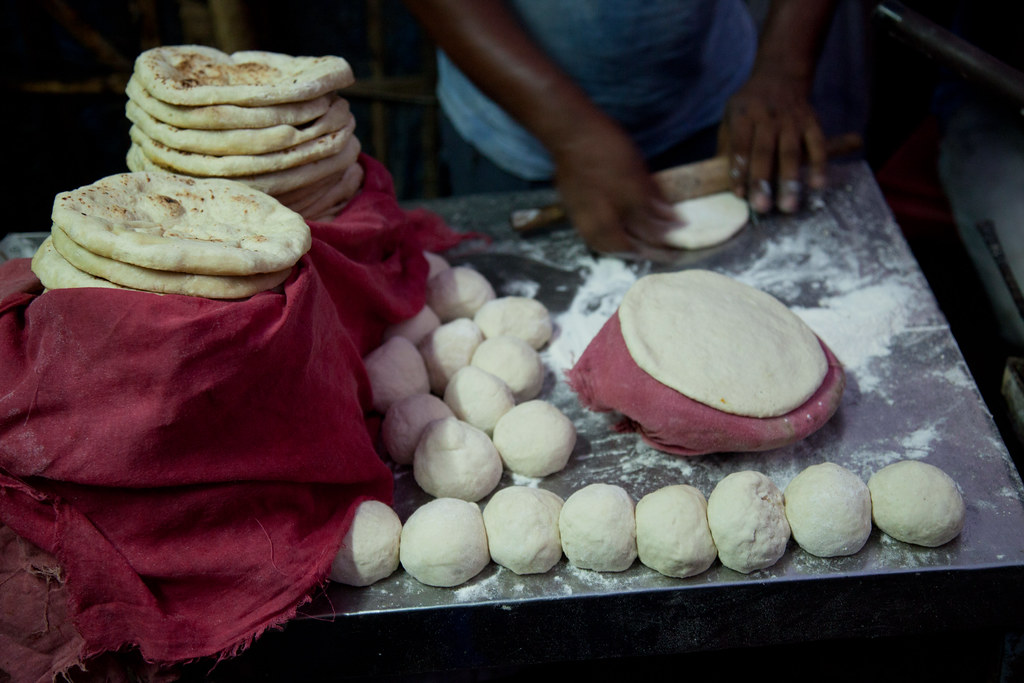
Modern recipes for naan have been slightly adapted for cost and convenience, such as substituting the yeast with baking powder or cooking the naan in a regular oven.
What To Do With Naan
The most common use for naan is as a vehicle for rich and flavorful curries such as butter chicken or palak paneer. Wrap the pillowy flatbread around the meat and gravy and eat everything together in one beautiful scoop. Similar to other flatbreads like chapati and roti, naan balances out the strong flavors of the main dishes while making the meal more substantial.
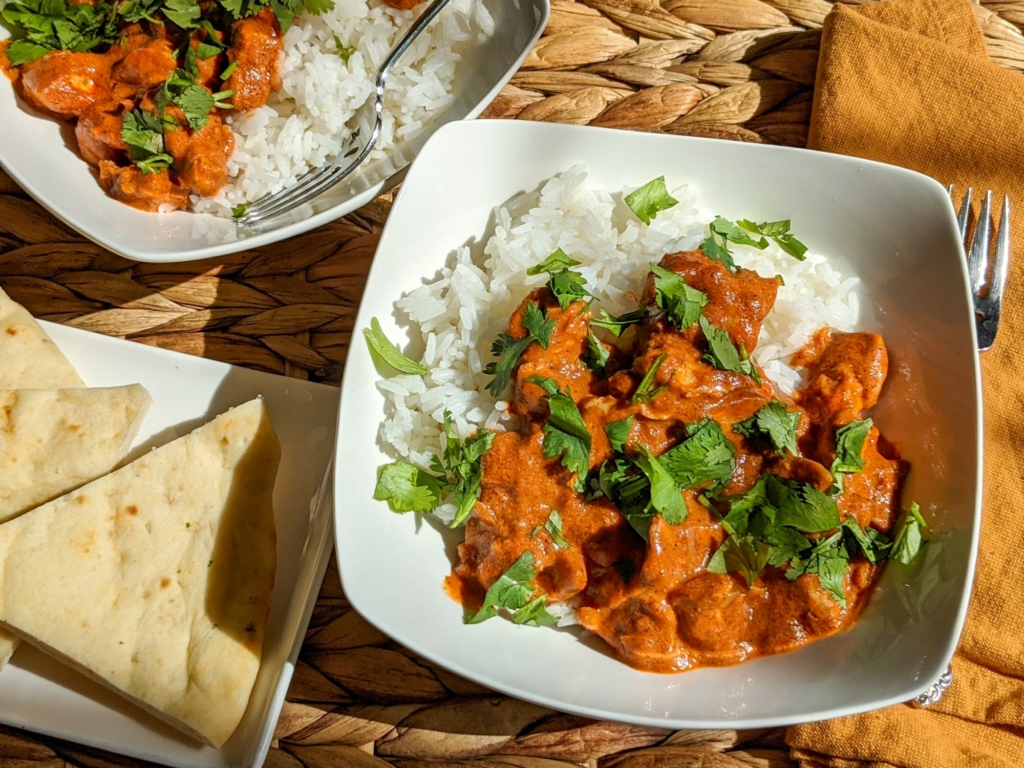
Beyond classic Indian dishes, naan can be paired with Middle Eastern and Mediterranean fare as these cuisines also make heavy use of flatbreads as a side. We love serving greek egg bites and turkish soft boiled eggs with chewy naan for a filling breakfast or brunch option. It’s also a favorite to pair with our steak shawarma.
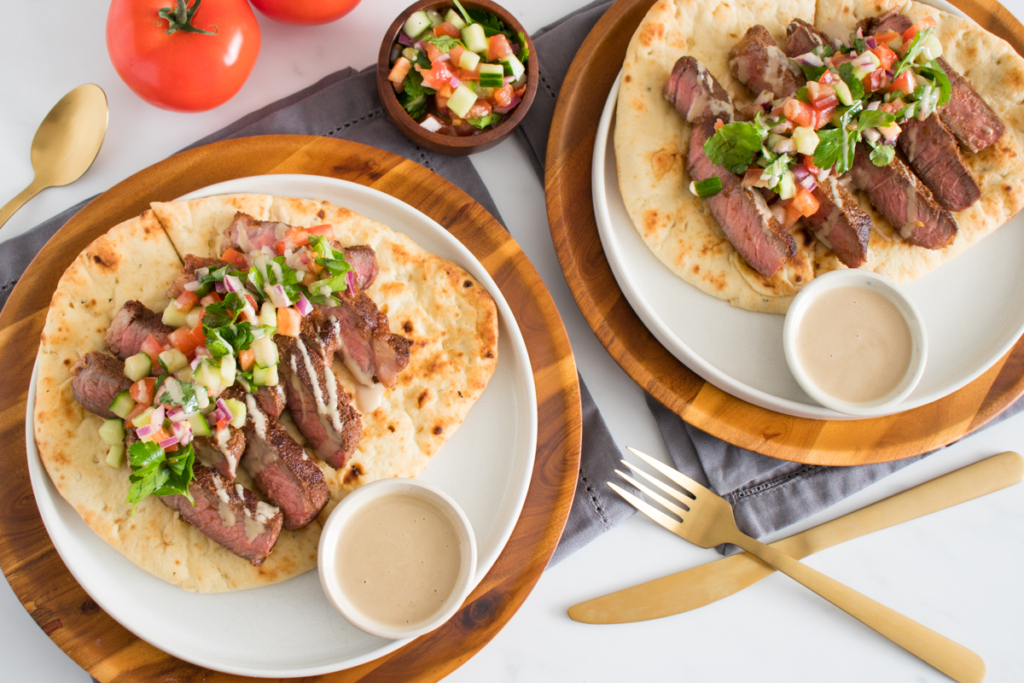
Feature Image: Flickr user CIMMYT ( CC BY-NC-SA 2.0 )

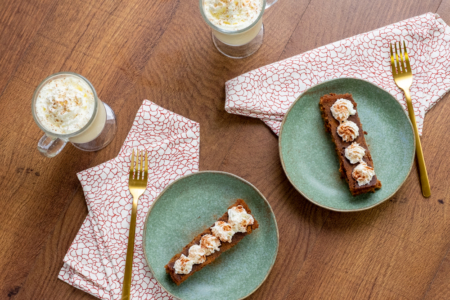


recipe?